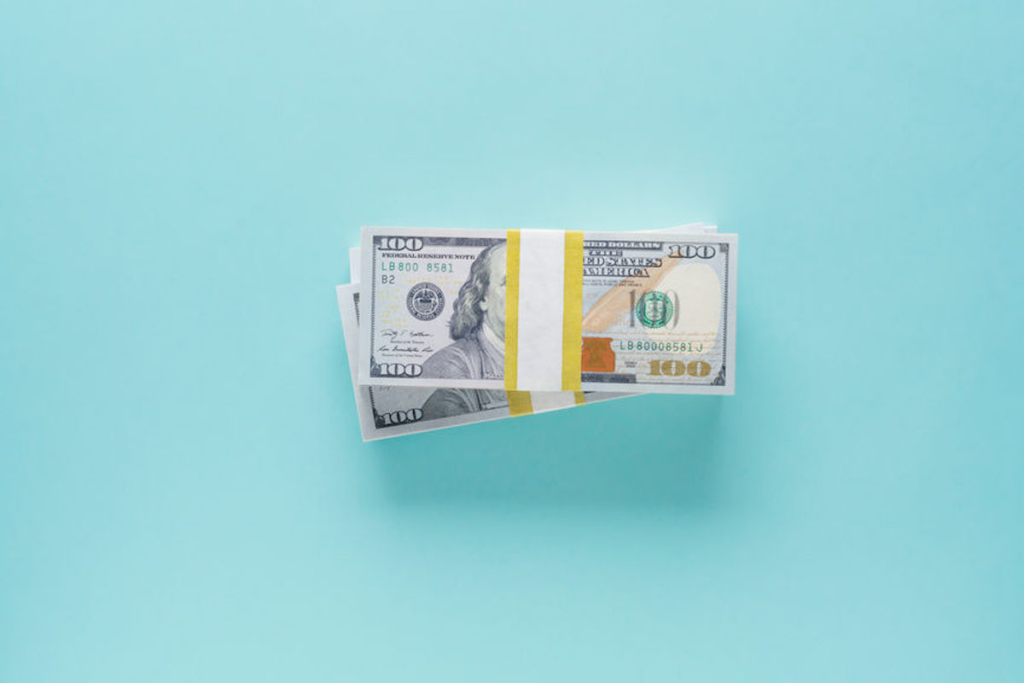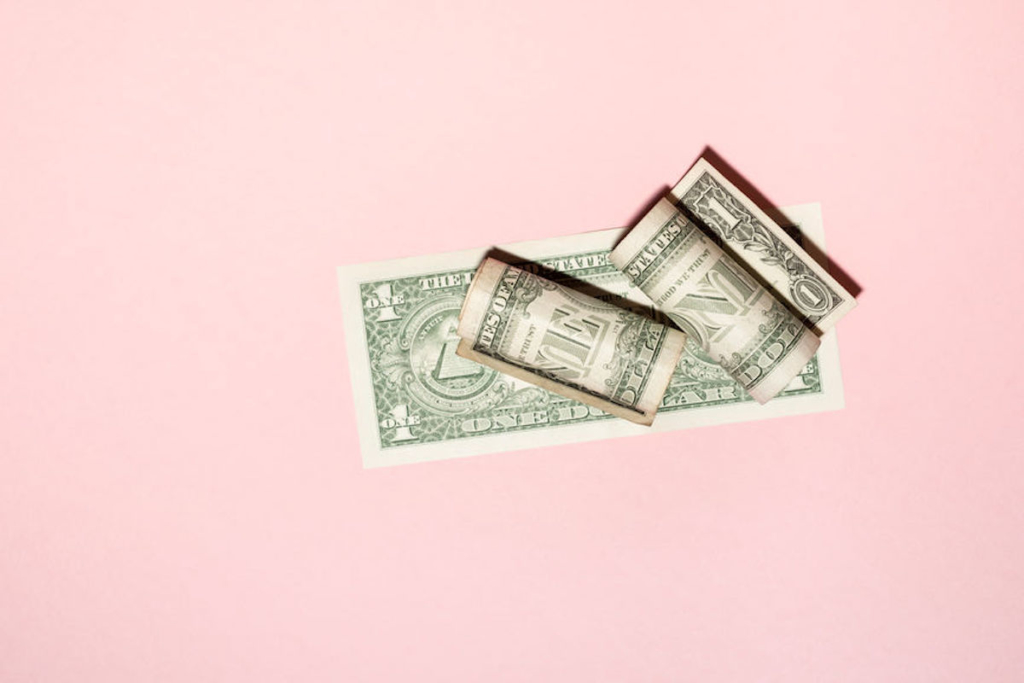
After moving to NYC about a year ago, I quickly realized that keeping track of my day-to-day finances was incredibly tricky, but also incredibly important. As a young woman in the workforce and living in one of the most expensive cities, I’m attempting to save for my future, while trying to build my ideal current life. Throw social gatherings, work, and exercise on top of all of that, and it can make for quite the challenge. Between so many last minute Ubers, salads, quick dinners, and other random adventures, I’ve finally found my vantage point and the perfect trick to keep myself on track. The solution? Post-It notes.
THE TACTIC
I’m not sure what inclined me to go about saving in this particular fashion – maybe it was the fact that my apartment walls were white and bare and I’m a passionately colorful person. Regardless, this has been a huge help to me. At the beginning of every month, I put up 30 Post-It notes on my wall (pink, blue, and yellow) to represent each day of the month. From there, I plan out as much as I possibly can. There are social plans and exercise goals that are my basic non-negotiables, and they must be written for every single day. At the end of each day, I track my finances by writing how much I spent that day on the Post-It note. Some days it will be below $20, and others (especially when buying groceries) it can be over $100.
As a competitive person, I love trying to beat last week’s average, or spend less than the day before. These Post-Its have an exciting, game-like effect on me, and actually make it fun for me to track my finances! My Post-It notes hold me accountable, and I love being able to physically touch and see what the month has in store for me.
THE RESULTS
I’ve found that I spend WAY less because of the mere action of physically jotting a number down, day after day. I sleep with my Post-It notes across from my bed on the opposing side- and in that way, there’s no escaping to be had. I like that my numbers are out there for me to see- it makes me feel proud rather than ashamed, as so many women tend to feel when it comes to spending. Moreover, my Post-It notes hold me accountable, and I love being able to physically touch and see what the month has in store for me.
TRACKING IS GOOD
I do believe there are advantages to tracking finances this way, and consulted with expert Elizabeth Hernberg, M&A, Information Technology to get the full scoop. In regards to whether tracking finances is encouraged, Elizabeth said, “I suggest that, when someone knows their actual take home pay ([meaning] after taxes and other deductions), and knows their baseline essential costs each month, that they chart it. [In this way,] you can then see what the delta is in cash between take home and expenses on a monthly basis. Certainly, everyone’s individual base expenses are going to be different and may vary slightly from month to month.”
Elizabeth says that Post-It Note tracking may help in finding that extra spending money, too. “When you look at the number on a monthly basis, and then further break it down by week and then by day, you can use this weekly or daily figure to help regulate some of the more discretionary spending items such as eating out or concert tickets.”
Most importantly, these Post-Its turn “I wonder how much I spend a week on coffee” into a cold, hard, and unavoidable number. When you’re faced with facts, you’re likely to act more urgently, making this a prime way to track your spending. If your finances tend to be a sensitive topic either with yourself or a partner, visual tracking can actually be a good thing in the relationship. Elizabeth says, “If you have a spouse or a partner, tracking finances also helps to drive what could be an emotive conversation to a fact-based, objective one.”
Solving problems, tracking finances, and making it fun, too? Count me in!
–
Feature Image via Stocksy

